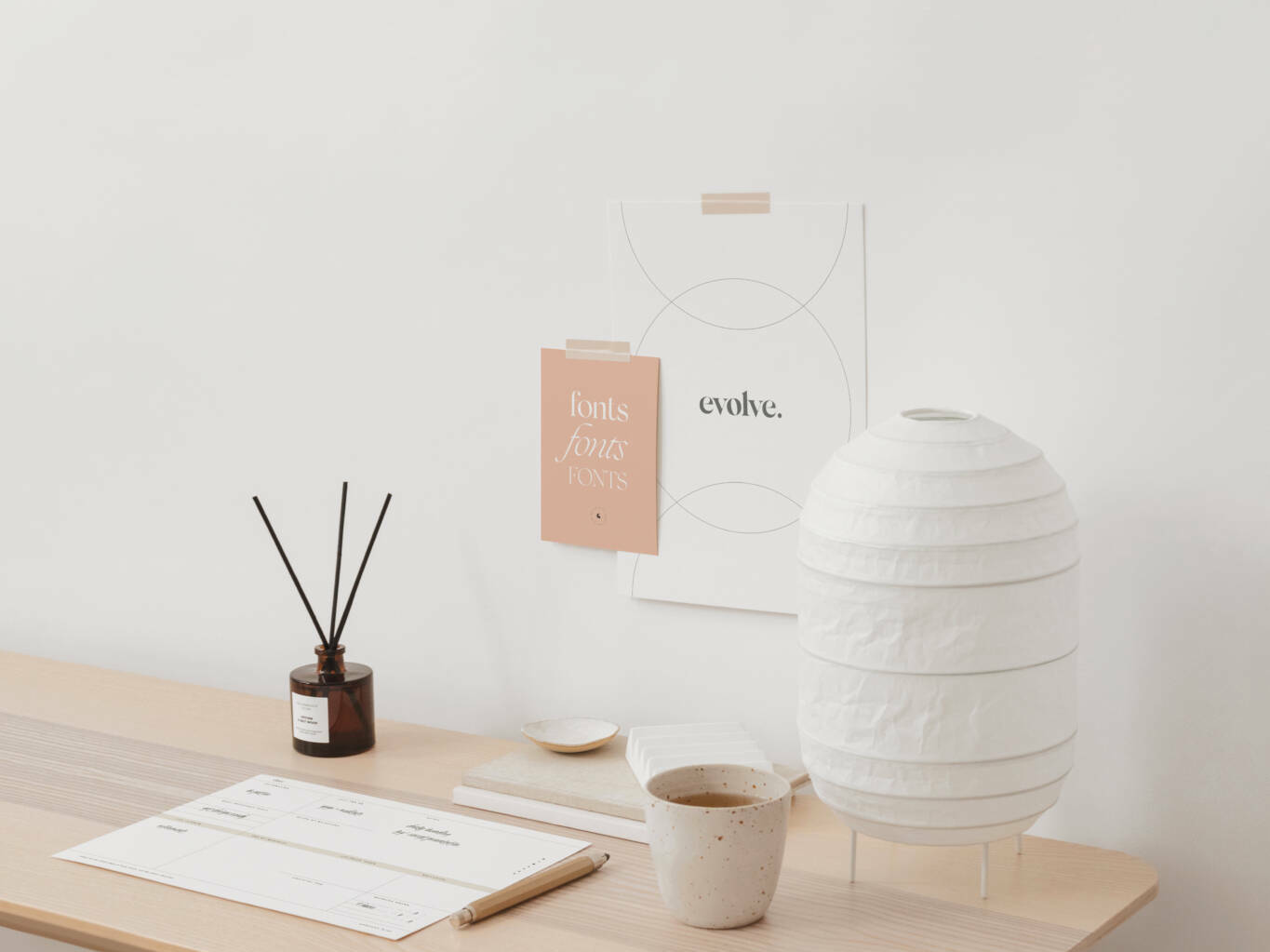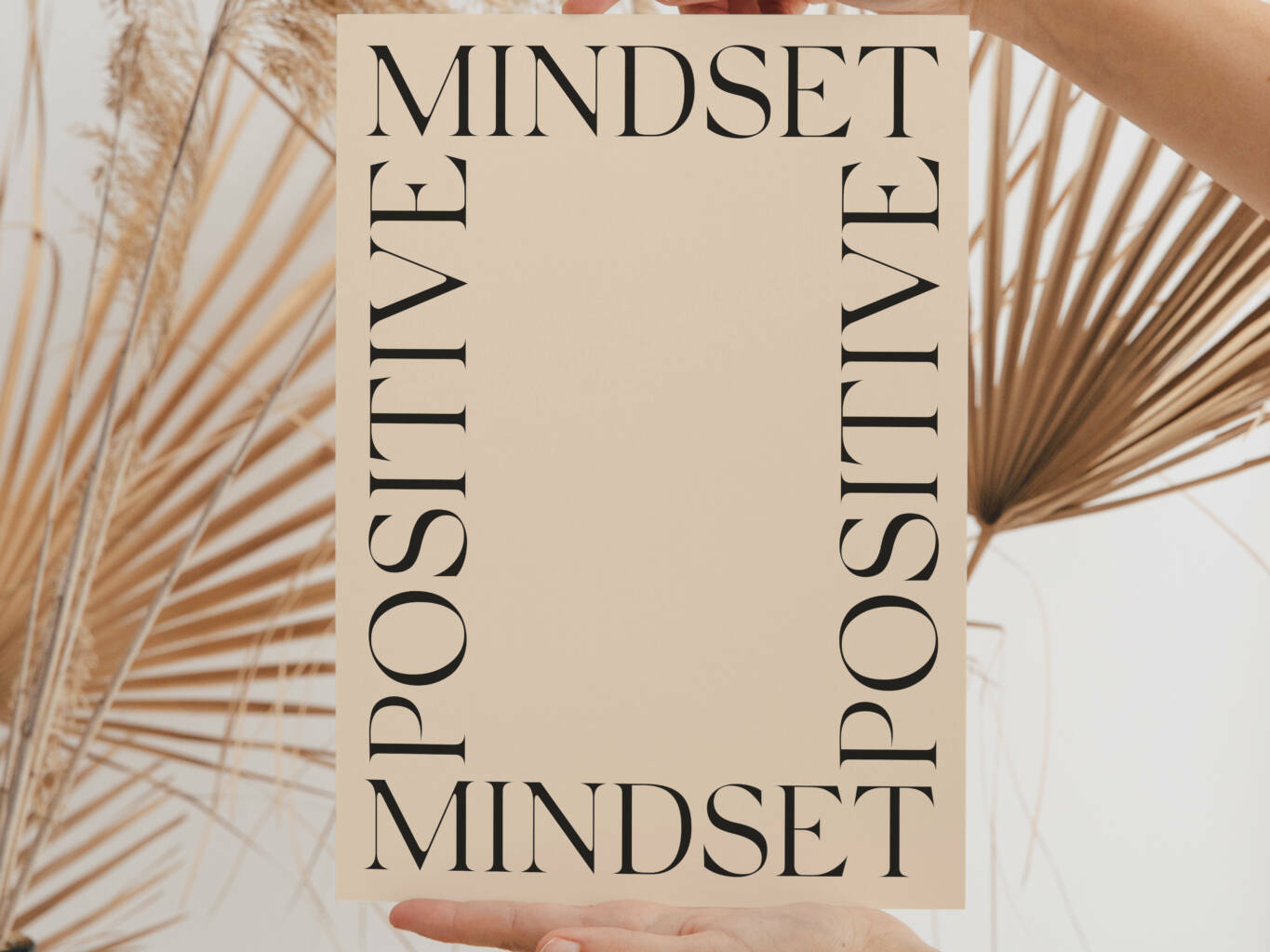Why Branding needs time to evolve.
Creating a visual identity for your brand is one of the most exciting stages of building a business. Once you receive your design files from your designer, your brand is ready to take flight – and ready to learn, change and evolve. Imagine your brand being a real person. We all grow from experiences that we have made over the years. It’s a continuous process of improvement. Starting a business and building up a brand isn’t something that happens overnight. And, branding isn’t something that has been set in stone and doesn’t need any more work and refinement. It’s a process that takes time, so make sure you check on your branding with fresh eyes every now and then to make sure it still reflects your values and visions.

Don’t just be who you are and what you are. Move, evolve, change, grow and become better each day.
– RVM
One day, you will look back and realize how much you’re branding has changed – and that’s more than okay. Personally, we are not a huge fan of strict style guides. Back then while being employed in advertising agencies, we know how strict big brands can be with their own identity. This is why we provide our clients a so called Visual Identity Toolkit. It includes all sorts of branding elements, that can be mixed and matched with each other. We love building brands that can be both consistent and flexible, as a brand that evolves shows their audience the willingness to learn and stand the test of time.
Indeed, communicating your story consistently is key to brand recognition. But whether it might be that your business has grown, your audience has evolved, new social media platforms popped up or you’ve launched a new service or product – all of these things can cause some adjustments to your initial branding. Don’t get us wrong, evolving a brand doesn’t mean you need a rebrand and start from scratch, and do what every one else in your branch is doing. And no, you also don’t need a new logo. It means, you can take small steps and subtle changes, that improve your visual identity. Stay true to your brand mission and update parts of your brand that will expand your audience eventually.
show variety and creativity
When we started our design studio back in Australia, we weren’t aware of who we want to reach, which channels are important to reach new clients or which documents we would need for a smooth design process. We started with a basic website and zero collateral. Over time, we made gathered experiences and learned a lot. Currently, we are refineing all our templates such as brand strategy + concept presentations, style guides and much, much more. We’ll also have an updated web design coming soon and for the first time ever, print collateral. It took us nearly two years to get all of this done and find out who we are and how we want to be perceived by others – and hey, there’s still so much to learn, and there will always be something that has to be changed. Also, how strict does a designer or design agency need to be with their own branding? Is it important to be consistent on all channels, or should a designer use different fonts, colors and elements to showcase variety and creativity? We now decided on the consistent side of things for ourselves, and added some more colors, elements and fonts that we use on Instagram, but just as anything, this is something that might change later.

Make decisions up as you go
We know it can be challenging to be present and consistent on social media, provide meaningful content and balance client work and your own business. But keep in mind this is all part of the process that will help you to decide on how you will be perceived by others – visually and strategically. You have a lot to say, but not enough time? Maybe design some templates that will save you time. You realize your clients need more help on the educational side of things? Maybe create a workbook. Your marketing insights prove you one color doesn’t perform well? Maybe adjust your color palette. Sometimes, it’s better to make decisions up as you go, and test things out in real life scenarios, instead of planning out things that could happen. Don’t take things personally, as long as you feel comfortable with what you put out there in that moment, you’re fine. Don’t forget: We cannot predict the future, and we cannot predict what collateral, template or application a brand might or might not need.
As times change, your business might change course and your brand needs to evolve. And just like with any change, some things are based on testing. Some will work and some will not. Our advice: Evaluate every change and manage them thoughtfully. If your adjustments aren’t working, stop. Take a step back, and start over. This way you can save time, and money.
Every now and then, we all need some tweaks, creatively and technically. We slowly moved into a world where brand touch points are mainly online. Technology is changing and your audience wants to interact with your brand in different formats. For brands that have been in business for years, digitization might be one of the biggest step.
However, if you let your brand grow over time, always make sure to stay true to your brand values and the mission your brand follows. There’s only a thin line between being consistent enough for your existent audiences, and being interesting for new customers and clients. Each brand is unique, and should be based on deep roots, but flexible enough to adapt, to whatever might come towards us.
mehr entdecken
Articles you might be interested in
28. Januar 2021
Why is a positive mindset important?
15. Januar 2021

